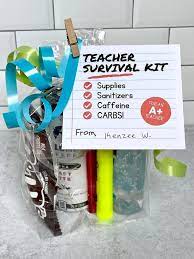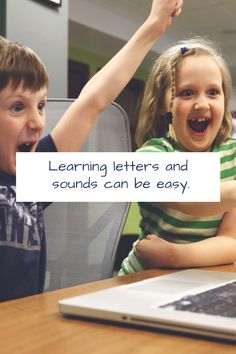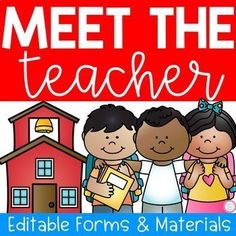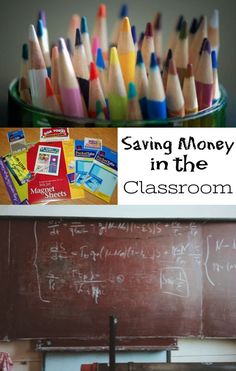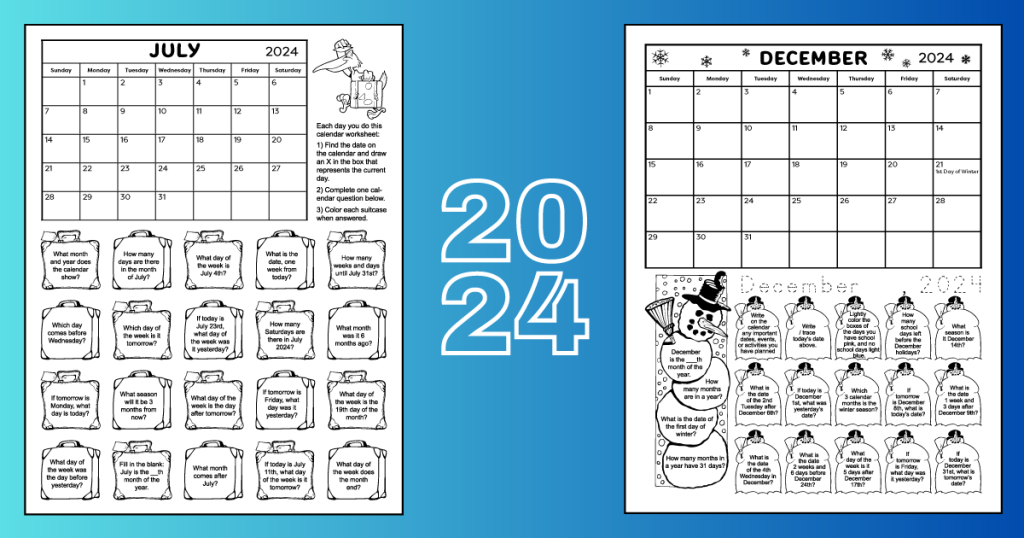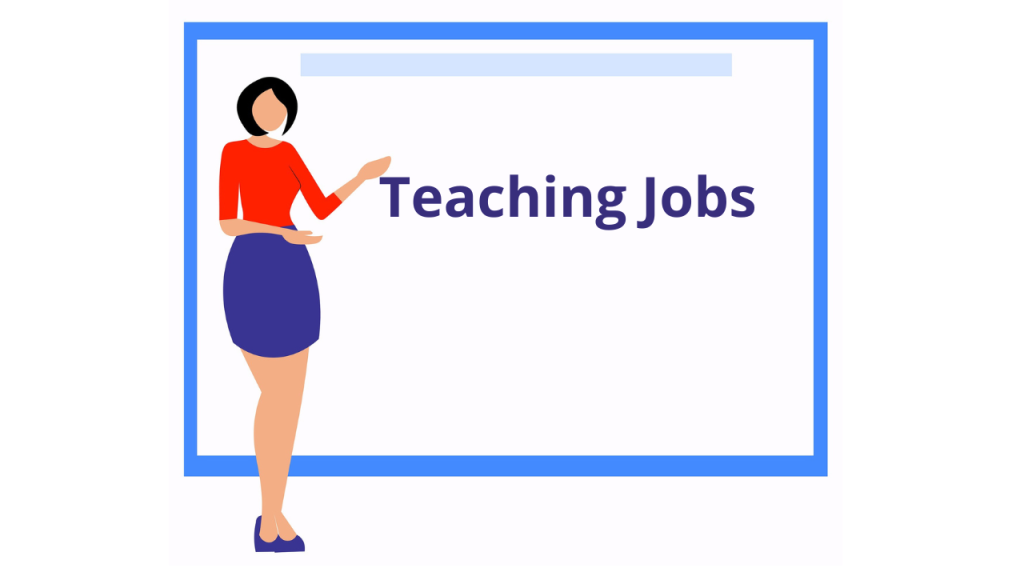Teachers are the backbone of our education system, and their job can be as rewarding as it is challenging. A practical teacher survival kit can make a significant difference in their daily routine. Preparing such a kit takes into consideration the necessities for both their professional responsibilities and personal comfort. Here is how you can put together an effective teacher’s survival kit:
1. Organizational Tools: Planners, calendars, and to-do lists are essential. Teachers have to juggle numerous tasks; having the right tools can help keep track of deadlines, student progress, appointments, and lesson plans.
2. Classroom Supplies: Stock up on pens, pencils, highlighters, dry erase markers, sticky notes, and index cards. These supplies always seem to disappear quickly in a classroom environment.
3. First Aid Essentials: Band-Aids, pain relievers, antiseptic wipes, and tissues should be included for minor emergencies or everyday headaches.
4. Healthy Snacks: Keeping a stash of nutritious snacks such as nuts, dried fruits, granola bars, and dark chocolate can provide a quick energy boost during long days.
5. Hydration and Caffeine: A durable water bottle and travel mug for tea or coffee will ensure hydration and caffeine needs are met.
6. Personal Care Items: Hand sanitizer, lotion, lip balm, breath mints or gum can be lifesavers during busy school days.
7. Emergency Sewing Kit: For unexpected wardrobe malfunctions, including safety pins can be particularly useful as well.
8. Comfortable Shoes: Having an extra pair of comfortable shoes can be a blessing especially if the day includes standing for long hours or attending to after-school activities.
9. USB Flash Drive: For storing and transferring teaching materials between devices or taking work home when necessary.
10. Portable Charger: Since teachers frequently use their phones for school-related communication or as a tool during lessons, having a portable charger could keep them connected throughout the day without worrying about battery life.
In conclusion, creating a teacher survival kit is about anticipating the day-to-day needs while being prepared for the unexpected. Whether it’s managing workload efficiently with organizational tools or handling wardrobe mishaps with an emergency sewing kit; this collection of items serves as an invaluable resource that enables teachers to face each school day with confidence and focus on what they do best—educating our future generations.
